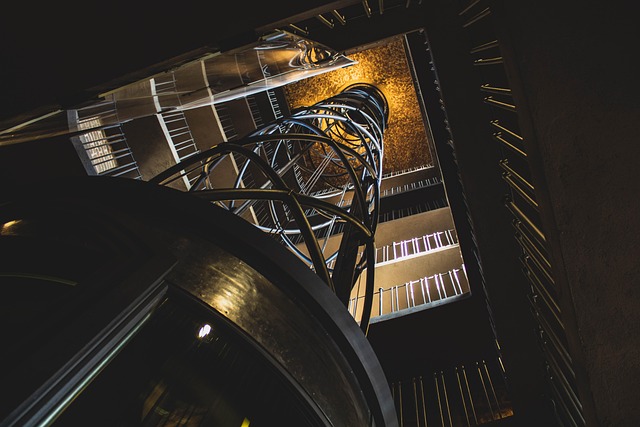
Sustainable Building Systems and Construction For Designers
Sustainable Building Systems and Construction For Designers
In the contemporary landscape of architecture and design, the integration of sustainability into building systems and construction practices has become paramount. As the world grapples with environmental challenges, designers are called upon to adopt a holistic approach that encompasses not only aesthetic considerations but also the well-being of occupants and the planet. This article delves into the essential elements of sustainable building systems and construction, providing insights for designers seeking to make informed decisions in their practice.
The Importance of a Holistic Approach
A holistic approach to building design and construction involves understanding the interconnectedness of various systems within a structure. This perspective emphasizes the need for designers to consider site conditions, structural integrity, mechanical systems, and indoor environmental quality. By recognizing these interdependencies, designers can create spaces that are not only functional but also promote health and sustainability.
Site Considerations and Building Enclosure
Site selection is a critical first step in sustainable design. Factors such as location, climate, and existing ecosystems must be evaluated to minimize environmental impact. The building enclosure plays a vital role in energy efficiency, as it influences heat retention, ventilation, and moisture control. Designers should prioritize materials and construction techniques that enhance the building's performance while reducing its carbon footprint.
Structural Systems
The choice of structural systems significantly affects a building's sustainability. Designers should explore options that utilize renewable materials, such as timber or recycled steel, which can reduce the demand for virgin resources. Additionally, innovative structural designs can optimize material usage, thereby minimizing waste and enhancing the overall efficiency of the building.
Mechanical Systems
Mechanical systems, including heating, ventilation, and air conditioning (HVAC), are crucial for maintaining indoor environmental quality. Sustainable design encourages the use of energy-efficient systems that reduce reliance on fossil fuels. Designers should also consider the integration of renewable energy sources, such as solar panels, to further enhance the sustainability of mechanical systems.
Electrical Systems and Lighting
Electrical systems and lighting design are integral to creating sustainable environments. The adoption of energy-efficient lighting solutions, such as LED technology, can significantly reduce energy consumption. Furthermore, designers should explore smart building technologies that optimize energy use and enhance occupant comfort through automated systems.
Plumbing Systems
Water conservation is a critical aspect of sustainable building practices. Designers must consider plumbing systems that minimize water usage, such as low-flow fixtures and rainwater harvesting systems. By implementing these strategies, designers can contribute to the preservation of this vital resource while promoting sustainable living.
Indoor Environmental Quality: Acoustics and Indoor Air
Indoor environmental quality encompasses various factors, including acoustics and air quality. Designers should prioritize materials and systems that enhance acoustic performance, ensuring that spaces are conducive to productivity and well-being. Additionally, the selection of low-VOC (volatile organic compounds) materials can significantly improve indoor air quality, creating healthier environments for occupants.
Conclusion
As the field of interior design continues to evolve, the emphasis on sustainable building systems and construction practices is more critical than ever. By adopting a holistic approach that considers the interconnectedness of various systems, designers can create spaces that not only meet aesthetic and functional needs but also contribute positively to the environment and the well-being of occupants. The journey towards sustainability is ongoing, and it is the responsibility of designers to lead the way in creating a more sustainable future.

















 Headwear For Lesser Royalty
Headwear For Lesser Royalty 
 Health
Health  Fitness
Fitness  Lifestyle
Lifestyle  Tech
Tech  Travel
Travel  Food
Food  Education
Education  Parenting
Parenting  Career & Work
Career & Work  Hobbies
Hobbies  Wellness
Wellness  Beauty
Beauty  Cars
Cars  Art
Art  Science
Science  Culture
Culture  Books
Books  Music
Music  Movies
Movies  Gaming
Gaming  Sports
Sports  Nature
Nature  Home & Garden
Home & Garden  Business & Finance
Business & Finance  Relationships
Relationships  Pets
Pets  Shopping
Shopping  Mindset & Inspiration
Mindset & Inspiration  Environment
Environment  Gadgets
Gadgets  Politics
Politics 